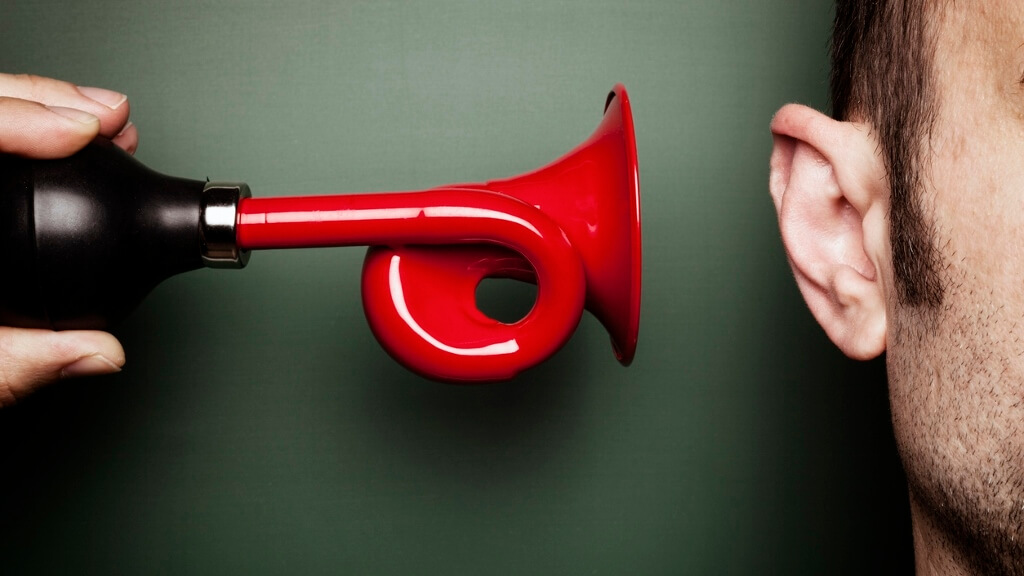
Impact sound is a type of structure-borne sound and travels around buildings, impacting on objects, floors and walls on its journey. When you consider that there are hundreds of all these noises happening multiple times a day in a building, you can begin to understand why it is important to find ways of managing sound effectively.
What Causes Impact Sound?
There are many types of impact sound; some examples include chairs being pushed under desks, footsteps as people move around and even things hitting the ground. In a busy building, you can expect to hear many noises but impact sounds are the type that causes the most difficult noises to suppress as they tend to travel across floors, up walls and across ceilings as they vibrate.
The issue with impact sound is that it travels around the room and when coupled with all the sounds going on, can make a room incredibly loud and disruptive for the people that are using it. The reduction of impact sound is imperative for the design of any building in order for it to be functional.
How to Minimise Impact Sound During Building Development
There are many ways to reduce the effect of impact noise and using a firm that specialises in this type of consultancy will help you find the perfect solution for your building and your needs.
Some of the most common ways of reducing impact sound include starting with careful acoustic site plans where you consider what noises may be present and consider where to locate the noisiest places to help avoid the impact on quieter areas.
When your site plan is in place, you can move on to consider the installation of items that will help reduce sound as part of the building. Installing suspended ceilings is a good idea as they work to stop the sound completely when it gets to the ceiling, this is the same as with raised floors and can help with rooms that have high traffic through them. The use of the correct soundproofing between walls and ceilings is also essential to minimise noise impact.
After the installation processes have taken place, you can then choose to purchase equipment that will buffer sound effectively; things like underlay and impact buffers will help to stop sound from travelling across a room. Then adding soft carpets and cushioned furniture will ensure that the medium to high-level noises is significantly reduced.
How to Reduce Noise in Your Workplace Post Development
There is increasing research that supports the notion that employees, especially in offices, benefit from dedicated quiet areas. Investing in simple solutions such as booths and divided quiet areas can help people that benefit from ‘locking in’ to their work for extended periods or may be more introverted.
Additionally, indoor plants can also surprisingly help by absorbing significant amounts of unwanted noise in the workplace. Larger office plants can help prevent sounds waves reverberating in the workplace and help improve air quality.
Ultimately, when you are designing a building, you will need to work through many phases of installations in order to reduce the effect of impact sounds properly.
It is always wise to consider impact sounds from the very first planning opportunity so that the right equipment can be installed as part of the construction and then follow it by adding in the best flooring and accessories to support low impact sound in the workplace.
Thanks for signing up to Minutehack alerts.
Brilliant editorials heading your way soon.
Okay, Thanks!